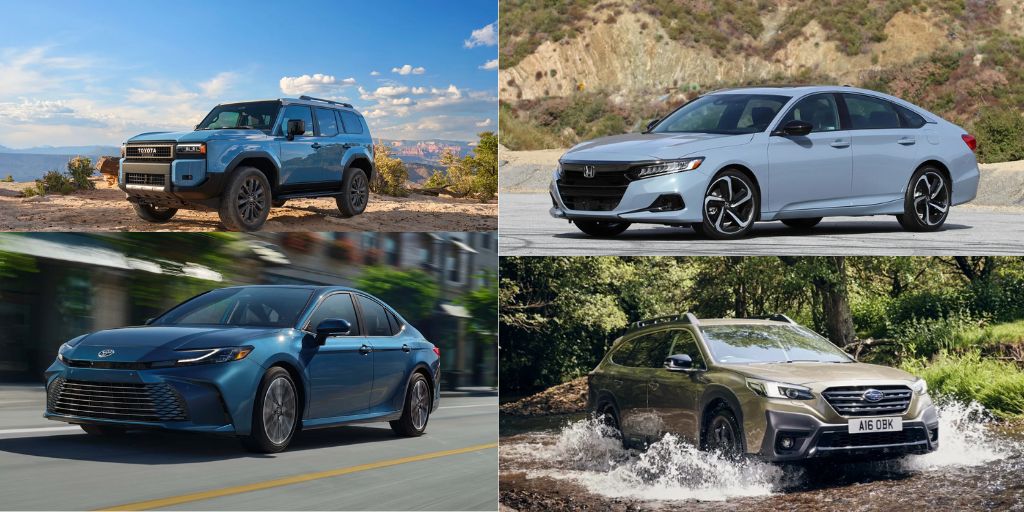When shopping for a car, longevity matters more than almost anything else. A car that can cross the 200,000 or even 300,000-mile mark without major issues offers peace of mind and an incredible return on investment.
Some vehicles earn a legendary reputation for their toughness and reliability, running strong year after year with only basic maintenance. They stand as proof that good engineering and attention to detail can produce machines that outlast the competition by decades.
On the other hand, not all cars are built to go the distance. Some look great and drive well in their early years but start falling apart far sooner than expected.
Poor-quality materials, weak engines, unreliable transmissions, and cutting corners during manufacturing doom these models to short and often frustrating lifespans. For buyers who don’t do their research, these cars can become expensive mistakes after just a few years on the road.
In this article, we’ll spotlight five cars known for legendary longevity — models that routinely pass 200,000 miles with pride — and five cars that too often fall apart well before they should.
Whether you’re planning to buy a car for the long haul or simply curious about which models stand the test of time (and which ones don’t), knowing these examples could save you serious money and headaches down the road.
Also Read: 5 Cars That Improved Each Generation and 5 That Peaked Early
5 Cars With Legendary Longevity
When it comes to cars that stand the test of time, some models have earned a reputation for being nearly indestructible. These cars are the ones that consistently rack up hundreds of thousands of miles with minimal issues, often becoming cherished members of families for decades.
While some might think that cars with high mileage must be a pain to own, these models prove that proper engineering, solid build quality, and regular maintenance can lead to a car that ages gracefully.
The key to a vehicle’s longevity isn’t just about strong engines; it’s also about how well the car is built overall. Cars known for legendary durability often feature durable components, an emphasis on ease of maintenance, and a reputation for handling wear and tear better than the average vehicle.
These cars are designed with long-term reliability in mind, giving owners confidence that they’ll last much longer than other vehicles on the road.
What sets these vehicles apart isn’t just their ability to survive; it’s their ability to thrive under challenging conditions.
Whether it’s a long daily commute, harsh climates, or simply the test of time, these cars often end up with far more miles on the odometer than anyone ever expected.
In this section, we’ll dive into five cars that are regularly seen cruising past the 200,000-mile mark — and in some cases, well beyond that. If you’re looking for a car that’s built to last, these are the models that you’ll want to consider.
1. Toyota Land Cruiser
When it comes to legendary longevity, few vehicles come close to the Toyota Land Cruiser. This rugged SUV has built a reputation for being almost indestructible, capable of running for over 300,000 miles with minimal issues.
Known for its off-road prowess and reliability in the harshest conditions, the Land Cruiser has been a favorite for both adventurers and military forces worldwide.
The key to the Land Cruiser’s longevity is its combination of a durable engine, high-quality materials, and simple, yet robust construction. The 4.6-liter V8 engine in later models is known for its endurance, while the drivetrain and suspension are designed to handle a beating.
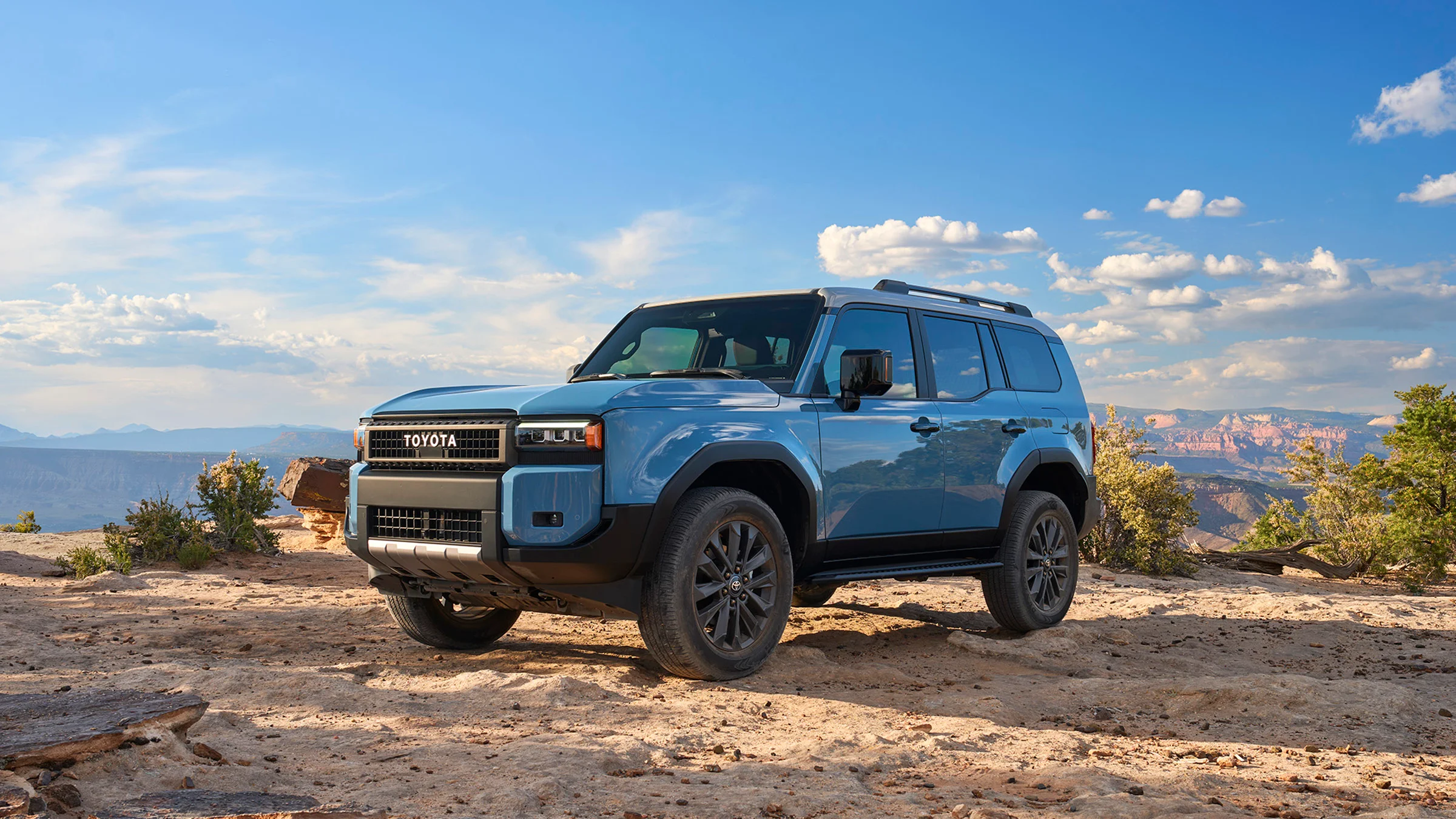
Even in rough off-road conditions, the Land Cruiser continues to perform without skipping a beat. The mechanical simplicity of the vehicle also means fewer things can go wrong, making repairs easier and less frequent.
In fact, many owners report that their Land Cruisers continue to run strong well past 300,000 miles, with some reaching over half a million miles.
If you’re after a vehicle that will keep going no matter what, the Land Cruiser is the ultimate example of longevity in action. Whether for daily driving or weekend adventures, the Land Cruiser remains one of the most dependable and enduring vehicles on the road.
2. Honda Accord
The Honda Accord has long been known as a model that balances reliability, practicality, and performance, and it’s no surprise that it also boasts legendary longevity.
With proper maintenance, Accords are often seen passing the 200,000-mile mark with ease, and many even go well beyond that, making it a favorite among drivers who want a car that will go the distance.
What sets the Accord apart is its engineering. The engine is smooth and efficient, and it’s built to withstand high-mileage driving.
The transmission, whether automatic or manual, is known for its durability, and the car’s overall design focuses on minimizing wear and tear.
Regular oil changes and maintenance help keep the car running smoothly for years. Honda’s reputation for quality control also means that the Accord is less likely to develop significant issues, even after extensive use.
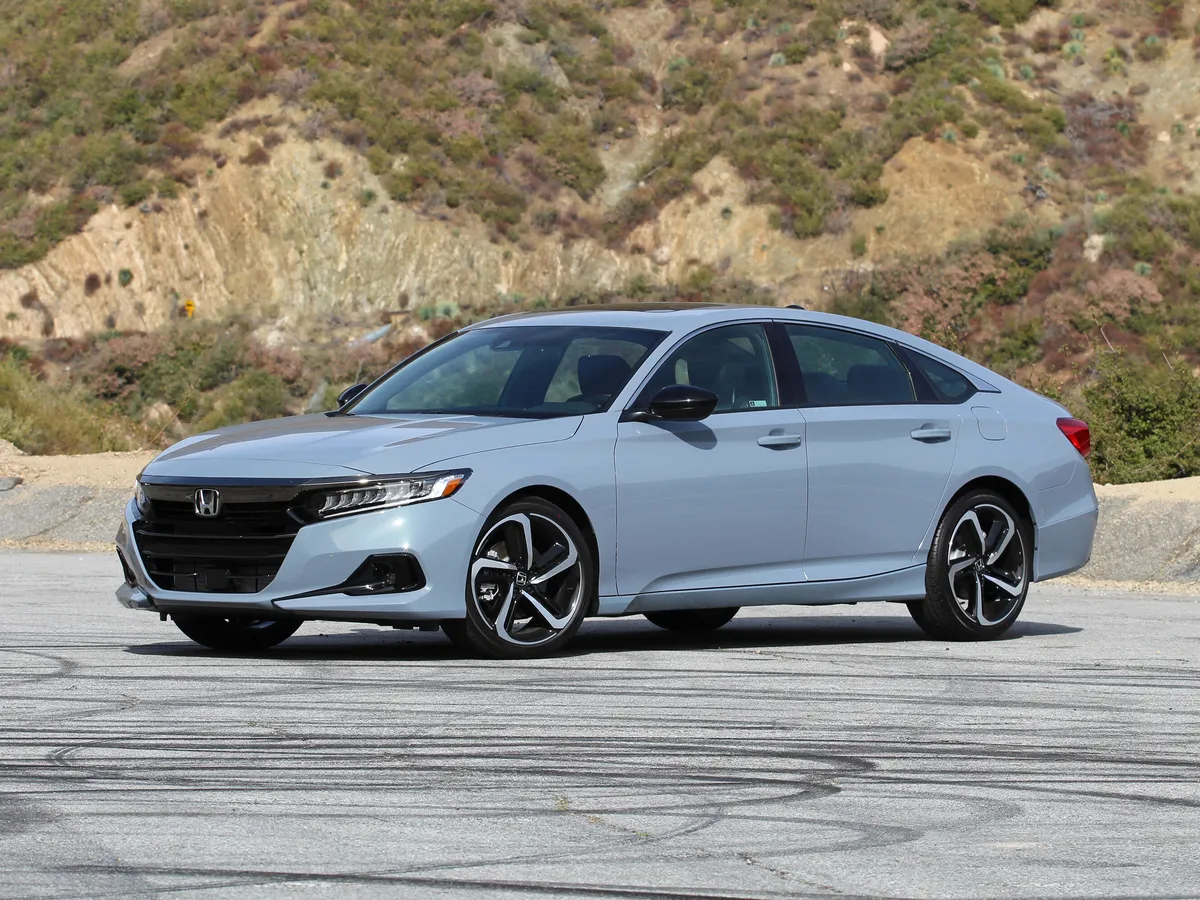
With decades of reliability, the Accord is a car that’s meant to last. Many owners report that their Accords have made it past 300,000 miles without major issues, with only basic maintenance needed to keep them running.
Whether you’re using it as a commuter car or for long road trips, the Accord remains a solid, dependable choice for anyone looking for a car that can go the distance.
3. Toyota Camry
The Toyota Camry has earned a reputation for being one of the most reliable and long-lasting sedans on the market.
This midsize sedan has become synonymous with durability, with many Camry models routinely passing the 250,000-mile mark and continuing to run smoothly well into their second decade of life.
The secret to its longevity lies in Toyota’s commitment to building reliable and low-maintenance vehicles.
The Camry’s smooth and efficient engines, combined with its simple yet effective design, make it a car that owners can depend on for the long haul.
Whether it’s the four-cylinder or V6 engine, both are built with longevity in mind and can withstand the rigors of daily driving and extended road trips. The transmission, too, is often praised for its smooth operation and long-term durability.
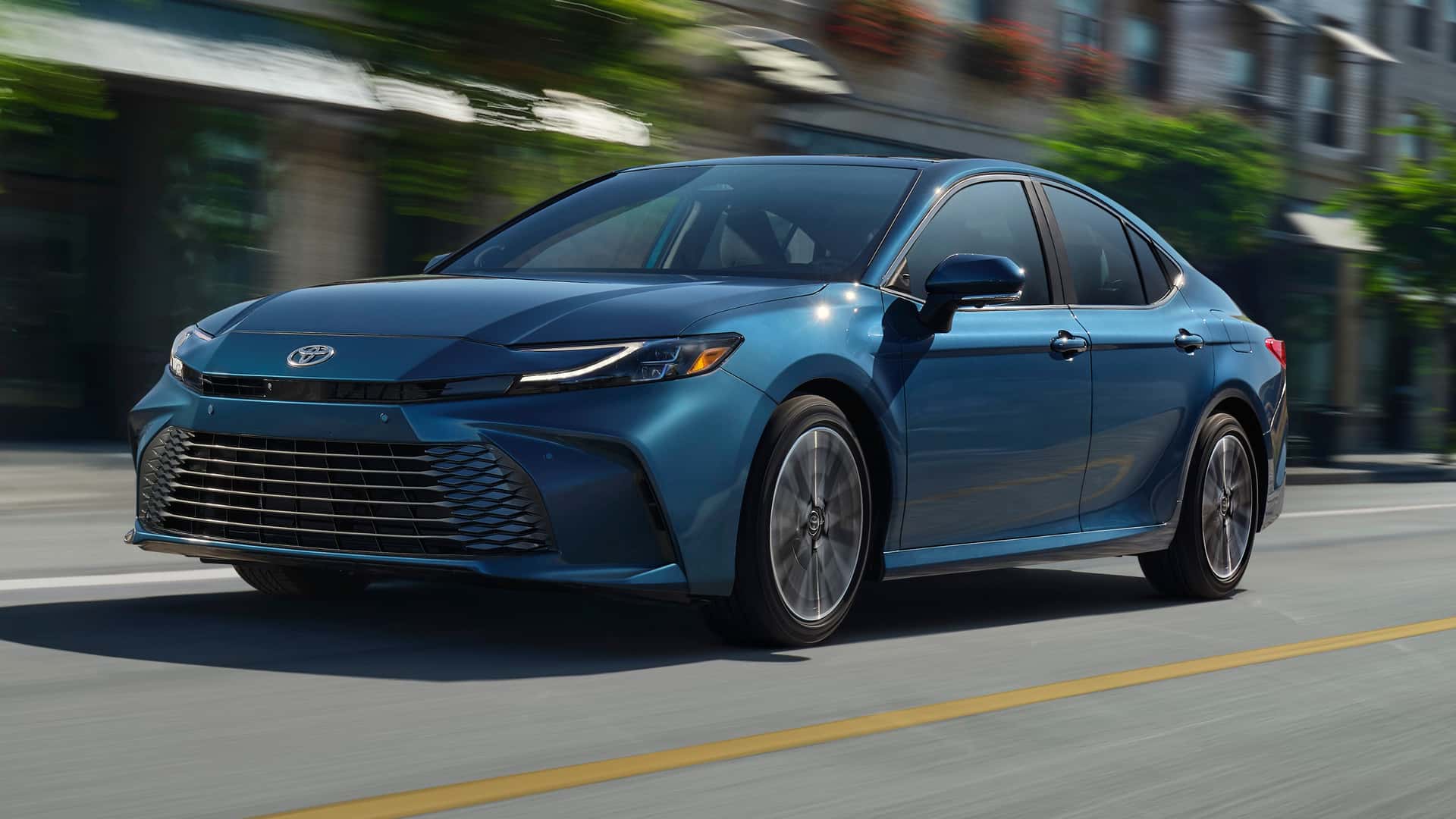
In fact, many owners report their Camrys have lasted well beyond 300,000 miles with little more than basic upkeep. The car’s comfortable ride, solid build quality, and consistent performance are all factors that contribute to its legendary lifespan.
Whether you’re looking for a family car, commuter vehicle, or reliable daily driver, the Camry’s combination of longevity and reliability is hard to beat.
4. Subaru Outback
The Subaru Outback is the ideal vehicle for drivers who want a car that can handle anything life throws at it while still providing dependable longevity.
Known for its all-wheel-drive system and rugged design, the Outback has gained a loyal following of owners who appreciate its reliability and ability to last for hundreds of thousands of miles.
The Outback’s 2.5-liter four-cylinder and 3.6-liter six-cylinder engines are designed for longevity, with many owners reporting that their vehicles have surpassed 250,000 miles without major problems.
Subaru’s symmetrical all-wheel-drive system, which offers superior traction and stability, is another factor that contributes to the Outback’s legendary longevity.
The vehicle’s high ground clearance and durable suspension make it ideal for challenging road conditions, further enhancing its reputation for resilience.

Subaru also has a reputation for creating cars that are easy to maintain, with straightforward components that make repairs and parts replacements more affordable.
Whether it’s daily commuting, road trips, or outdoor adventures, the Outback stands out as a dependable vehicle that can keep going for many years. Many Outback owners boast about reaching the 300,000-mile mark or beyond, making it one of the best vehicles for longevity.
5. Lexus LS
The Lexus LS is often regarded as the gold standard for luxury and durability. As the flagship sedan for Toyota’s luxury brand, the LS combines premium materials with exceptional engineering, resulting in a car that can last well beyond 300,000 miles with proper care.
Since its debut in 1989, the Lexus LS has earned a reputation for its longevity and low maintenance costs, a rare combination in the luxury car market.
The LS’s engine, a smooth V8, is designed to last for hundreds of thousands of miles with routine maintenance. The transmission, suspension, and overall drivetrain are also built with durability in mind, ensuring that the LS remains a comfortable, quiet, and reliable ride for years.
Even after high mileage, many owners report that their LS models continue to run like new, with little to no significant repairs required.

Lexus’s focus on quality and attention to detail means that the LS is engineered to stand the test of time. Many owners have reported that their LS vehicles have lasted more than 300,000 miles without major issues.
The luxury features and smooth driving experience are just the icing on the cake. If you’re looking for a car that combines legendary longevity with a high-end driving experience, the Lexus LS is the perfect choice.
5 Cars That Fall Apart Early (300 Words Intro)
While some cars seem to run forever with minimal fuss, others start falling apart far too soon. These cars, though initially appealing with their looks and features, often disappoint owners with premature breakdowns, expensive repairs, and an overall lack of longevity.
Whether due to poor build quality, engineering flaws, or simply poor design choices, these vehicles are known to lose their reliability long before their competitors.
The key factors that contribute to early breakdowns are usually related to weak engines, transmissions that fail prematurely, or subpar materials that wear out quickly.
These issues tend to be more apparent as cars age and accumulate miles, but they can also appear within the first few years of ownership.
Not only do these cars cost owners more in repairs, but they also take a hit in resale value, as buyers shy away from models with known durability issues.
In this section, we’ll highlight five cars that have earned a reputation for falling apart early. Whether it’s due to mechanical failures, problematic electronics, or poor construction, these vehicles often leave their owners frustrated and looking for an early trade-in.
If you’re in the market for a reliable vehicle that will last for years, it’s important to be aware of these cars that often disappoint long-term. Let’s dive into the specifics and explore why these models are best avoided for anyone seeking a long-lasting ride.
1. Fiat 500 Abarth
The Fiat 500 Abarth is a car that initially attracts buyers with its cute, retro styling and turbocharged performance.
However, behind the fun exterior, the Abarth is notorious for falling apart well before the 100,000-mile mark. The primary issue with the 500 Abarth lies in its unreliable transmission and weak engine components.
Fiat’s 500 Abarth features a 1.4-liter turbocharged engine, which, despite being peppy and fun, often suffers from turbocharger failure and overheating issues. This leads to costly repairs, especially when the engine starts losing power or develops performance issues.
The manual transmission, while offering a more engaging driving experience, tends to have weak synchronizers, leading to grinding gears and shifting difficulties. These issues become more prevalent as the car ages, making it a poor choice for those seeking a long-lasting vehicle.
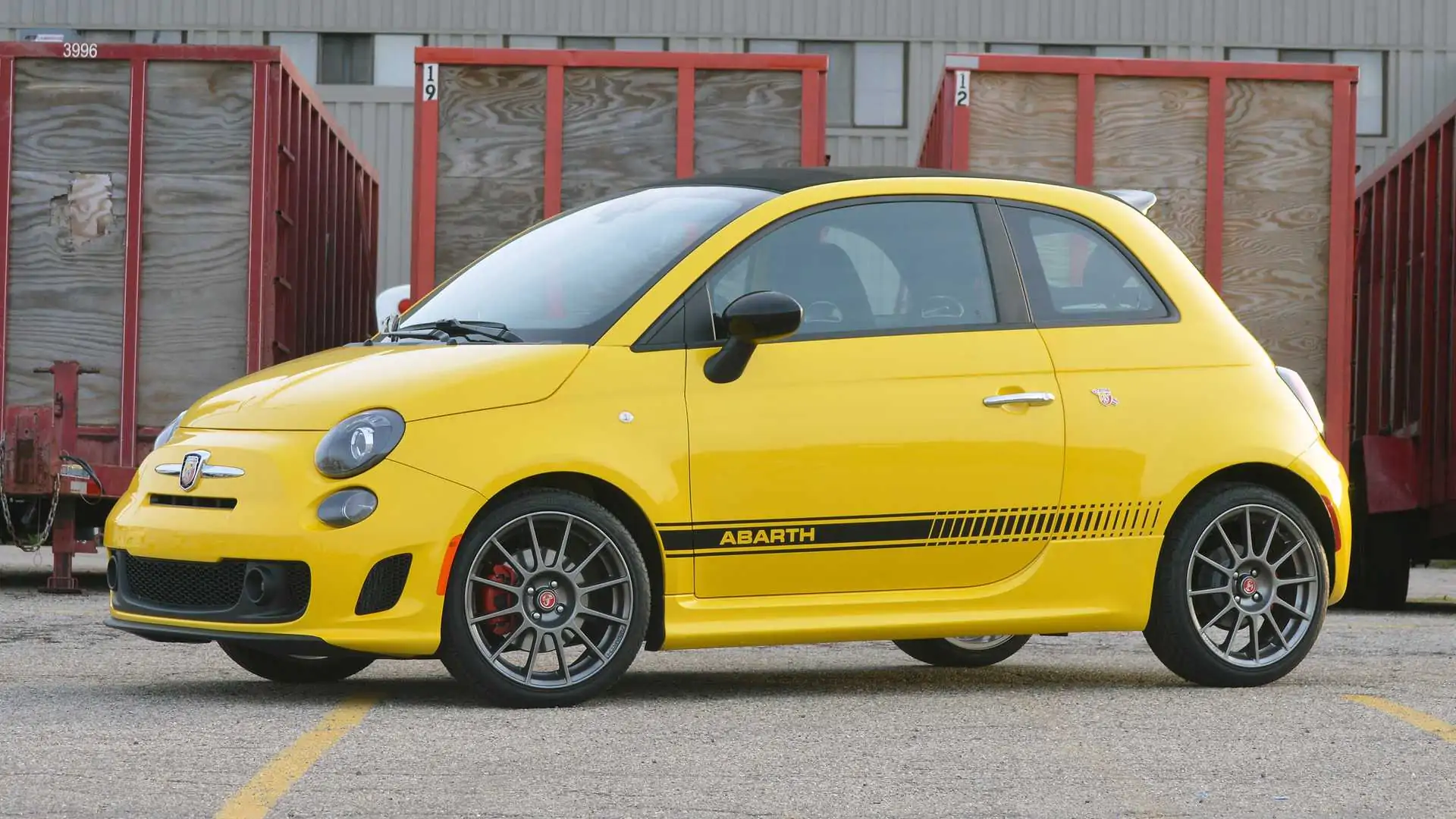
Another major concern with the Fiat 500 Abarth is its overall build quality. The materials used in the interior are subpar, leading to wear and tear much faster than other cars in its class.
The suspension system also tends to wear out prematurely, causing handling problems and frequent visits to the repair shop.
As a result, the Fiat 500 Abarth is best suited for those who don’t mind throwing money into frequent repairs and who plan to trade it in long before it hits high mileage.
2. Mini Cooper S
The Mini Cooper S is a quirky and fun-to-drive small car that attracts drivers who love its compact size and sporty handling.
However, the Cooper S has earned a reputation for being a car that falls apart early, with numerous owners reporting mechanical failures and costly repairs after just a few years of ownership.
One of the main issues with the Mini Cooper S is its engine, specifically the turbocharged 1.6-liter engine found in models from 2007 to 2014. These engines are prone to failure due to a variety of reasons, including overheating and excessive oil consumption.
The timing chain is another weak point, with many owners experiencing failures as early as 60,000 miles. These problems can be expensive to repair, and many Mini Cooper S owners find themselves stuck with hefty repair bills long before they’re ready to part with their car.
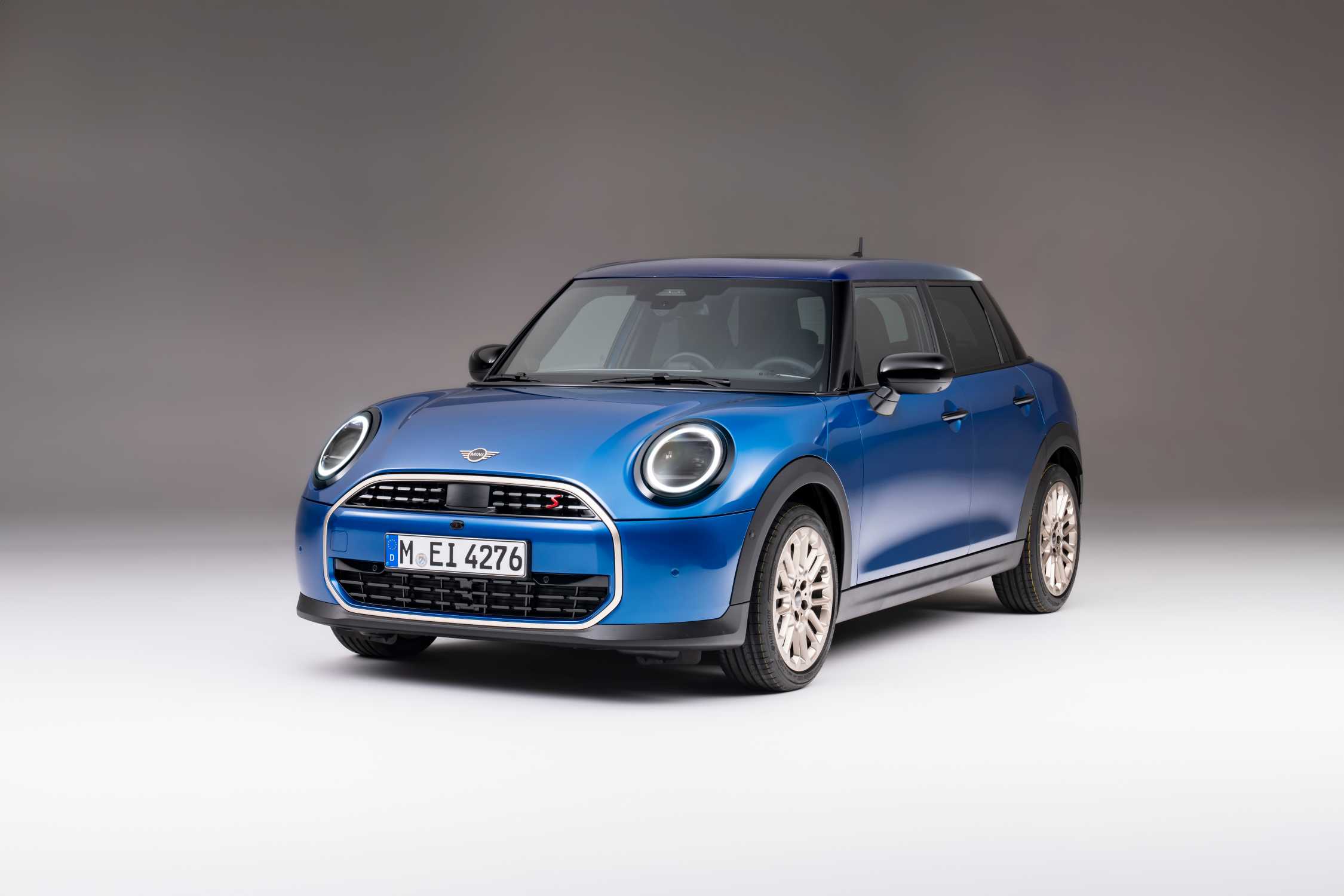
The car’s suspension system is also a weak link. The Mini Cooper S is known for its precise handling, but the suspension components often wear out prematurely, leading to handling issues and expensive fixes.
Electrical problems are also common in this model, with owners frequently dealing with issues ranging from malfunctioning sensors to unreliable infotainment systems.
While the Mini Cooper S is a fun car to drive, its frequent mechanical problems make it a poor long-term investment.
3. Chrysler 200
The Chrysler 200 was introduced as a mid-size sedan meant to compete with vehicles like the Honda Accord and Toyota Camry. While it had a sleek design and a relatively affordable price tag, the 200 has been criticized for poor build quality and premature mechanical failures.
These issues have plagued the car from the start, making it a poor choice for anyone looking for a long-lasting vehicle.
One of the major issues with the Chrysler 200 is its unreliable transmission. Early models were equipped with a six-speed automatic, which frequently experienced failures and rough shifting.
More recent models have been equipped with a nine-speed automatic transmission, but these too have garnered complaints for their erratic shifting and tendency to fail prematurely.
Engine problems, including oil leaks and overheating, have also been reported by many owners, further adding to the car’s reputation for unreliability.

The 200’s suspension and steering systems have also been a major point of contention. Owners have reported that the steering rack can wear out quickly, leading to expensive repairs.
The interior quality is another weak point, with many owners complaining about cheap materials that wear out quickly. All in all, the Chrysler 200 is a car that’s prone to early breakdowns and will likely require costly repairs long before the 100,000-mile mark.
4. Ford Fiesta ST
The Ford Fiesta ST is a small performance car that offers fun driving dynamics and a peppy turbocharged engine.
However, its reputation for early breakdowns has soured its appeal among those looking for a reliable long-term vehicle. While the Fiesta ST is an engaging car to drive, it has numerous mechanical issues that tend to arise well before 100,000 miles.
The biggest problem with the Ford Fiesta ST is its weak transmission. The car is equipped with a six-speed manual transmission, but many owners report that the clutch wears out prematurely, and the gearbox becomes increasingly difficult to shift as the car ages.
The turbocharged engine is also prone to problems, including turbo failure and poor fuel economy as the engine gets older. This leads to frequent repair bills and a shorter-than-expected lifespan for a performance car.
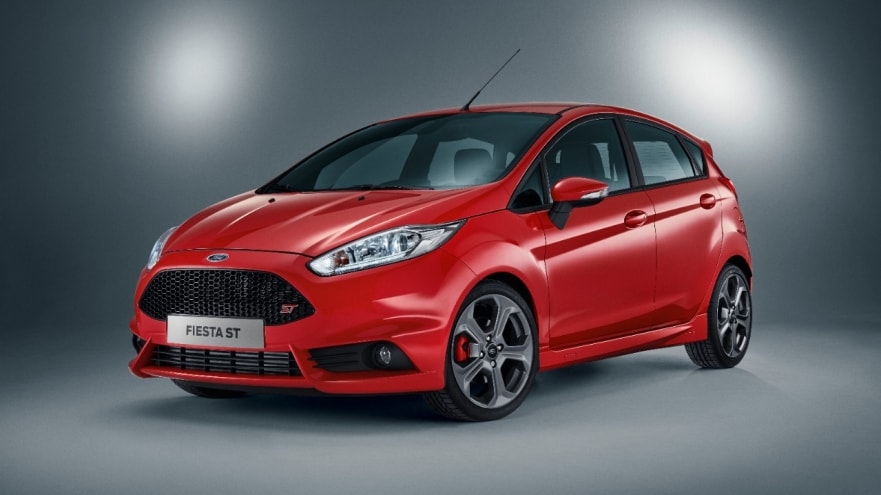
Other common issues with the Fiesta ST include electrical malfunctions, poor suspension durability, and engine misfires.
While the car’s handling and performance are highly praised, the numerous mechanical problems that arise as it ages make it a car that’s best avoided if you’re looking for something that will last for many years.
5. Chevrolet Malibu
The Chevrolet Malibu has long been a staple in the mid-size sedan market, offering a smooth ride and decent fuel economy.
However, many early models of the Malibu are known for their lack of reliability and the tendency to break down prematurely. Several issues have plagued this car, making it a poor investment for those looking for long-term durability.
A major issue with the Chevrolet Malibu is its transmission. Many owners report problems with the automatic transmission, including slipping gears and hesitation when shifting. This can lead to significant repair costs as the car ages.
In addition to transmission issues, the Malibu is also known for engine problems. Common issues include oil consumption and overheating, which can cause major engine damage if left unchecked.
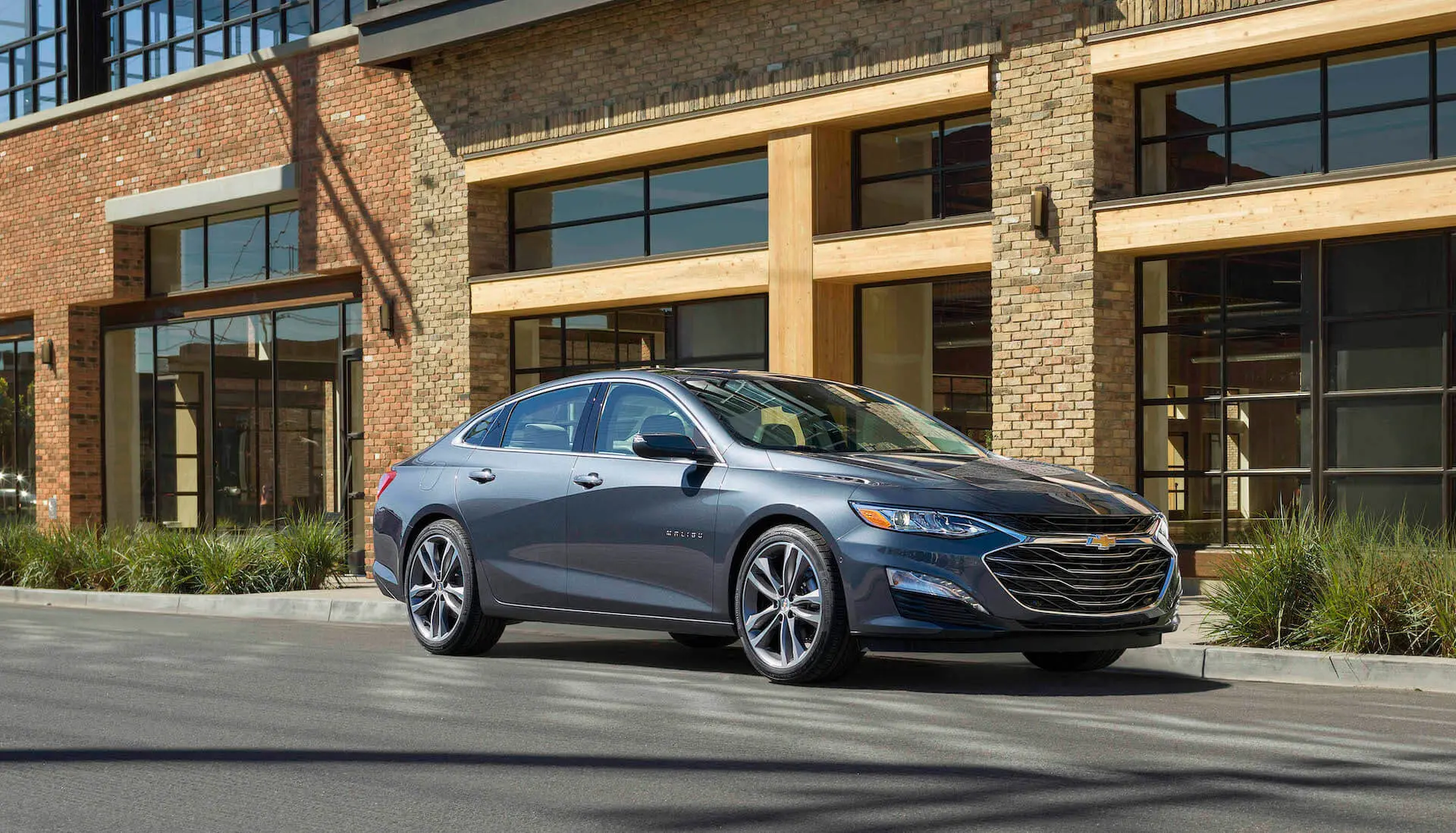
The Malibu’s suspension system is another weak point, with owners often reporting that the car’s ride becomes harsh and bumpy as it ages.
The interior materials also tend to wear out quickly, and there are frequent electrical issues, particularly with the infotainment system and power windows.
Overall, the Chevrolet Malibu is a car that can start to fall apart early, leaving owners with costly repairs and a car that doesn’t live up to expectations.
When it comes to choosing a car, longevity and reliability are paramount factors that can influence your decision. From the 5 cars with legendary durability to the 5 cars that tend to fall apart early, the difference in quality is evident.
Whether you’re looking for a vehicle that will take you through decades of daily commutes or one that offers fun for a few years before breaking down, understanding these cars’ lifespans can guide you toward a more informed purchase.
The 5 cars with legendary longevity, such as the Toyota Land Cruiser and Honda Accord, stand as testament to solid engineering and high-quality materials.
These vehicles are designed to endure the challenges of long-term use, offering superior performance and minimal mechanical issues as they age.
With regular maintenance, these cars can easily surpass 200,000 miles, with some even breaking the 300,000-mile mark.
Their durability isn’t just about engine strength but also their overall build quality, which translates into reliability year after year. Owners of these cars enjoy peace of mind, knowing their vehicle is built to last.
On the other hand, the 5 cars that fall apart early—like the Fiat 500 Abarth and Chevrolet Malibu—illustrate the downside of poor engineering and unreliable components.
Though initially attractive, these cars suffer from weak transmissions, engine failures, and subpar suspension systems that lead to early breakdowns.
Many owners face expensive repair bills well before reaching the 100,000-mile mark, making them poor choices for those looking for longevity.
These cars often lose their appeal as they age, resulting in frustrated drivers and disappointing ownership experiences.
Ultimately, buying a car is an investment, and understanding which models are built to last versus those that tend to fall apart early can save you from unnecessary costs and headaches down the road. Choose wisely, and you’ll have a vehicle that will serve you well for many years to come.
Also Read: 5 Cars That Rarely Visit the Shop and 5 That Live There

